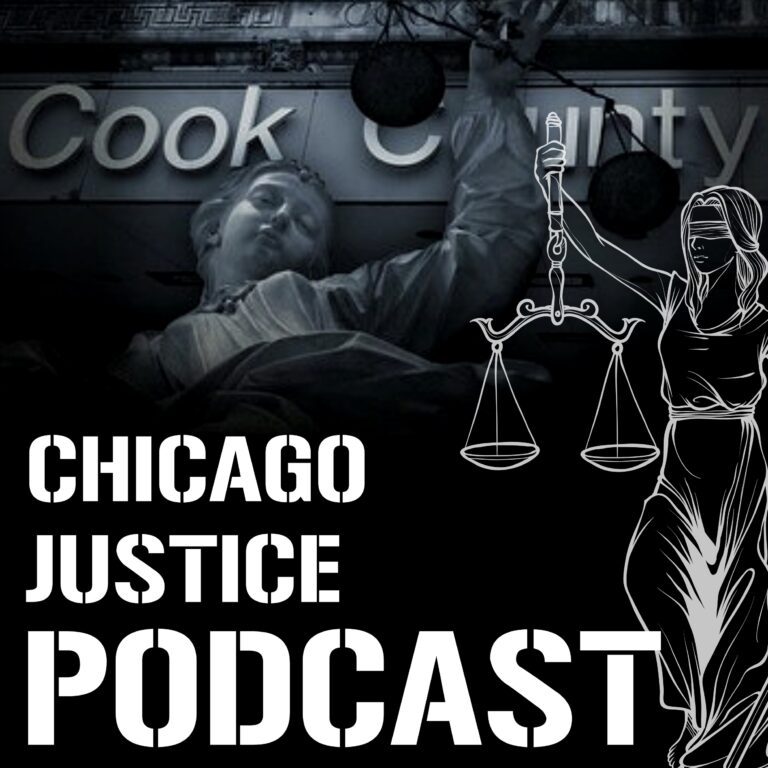For the last five years, there has been a steady drumbeat by the Fraternal Order of Police (FOP), the union representing the patrol officers, that the Chicago Police Department is significantly understaffed. The FOP has continued to say this understaffing has played a significant role in contributing to Chicago’s persistent issue with violence in many communities on the south and west sides of the city. Here, we look at the available data from the last 20 years to see if there is any merit to the FOP’s argument.
There are many complicated issues associated with the role police play in actually impacting violence. According to the research we have (shown below), the FOP’s argument that more cops are always a necessity and that they are really the only mechanism to reducing violence is not supported by the data. The sidebar details a series of blogs where I discuss the role police play in reducing violence in Chicago. Suffice to say that the actual impact is far less than we have been indoctrinated to believe, and that deployment and tactics have more to do with whether police impact violence than the actual size of the force.
Here are links to just a few of the blogs that I have written on the topic of the police role in preventing crime and violence in Chicago: Closing Districts, Police Resource Allocation, Beat Realignment by Any Other Name, Propaganda & Homicide Rates
Below we have created data visualization with the following two data sets:
The number of sworn and exempt officers employed by the Chicago Police Department as detailed in their annual report for each year. The number of homicides recorded in Chicago for each year as detailed in the Chicago Police Department’s annual report.
var divElement = document.getElementById(‘viz1476989540195’); var vizElement = divElement.getElementsByTagName(‘object’)[0]; vizElement.style.minWidth=’424px’;vizElement.style.maxWidth=’654px’;vizElement.style.width=’100%’;vizElement.style.minHeight=’629px’;vizElement.style.maxHeight=’929px’;vizElement.style.height=(divElement.offsetWidth*0.75)+’px’; var scriptElement = document.createElement(‘script’); scriptElement.src = ‘https://public.tableau.com/javascripts/api/viz_v1.js’; vizElement.parentNode.insertBefore(scriptElement, vizElement);
Some points of interest with the data:
1995 & 2005: For both years the CPD reported having employed about 13,325 officers. The problem for the FOP is that the number of homicides for those years varies widely – from 827 to 450. You can tell that the number in 1995 is almost double the number in 2005. Of course there are some ancillary issues that affect these two numbers.
2008: The CPD lists 13354 officers employed and a total of 513 homicides, a bump that could – if you looked at the small picture verses the big picture – be caused by the reduction in the number of officers employed by the CPD.
1999-2004: The slight increases in the number of officers during this time are met with a slight bump in the increase in murders in Chicago before the trend continues down to the mid 400s.
For the record, I am not just accepting the figure reported by the CPD for the personnel as exactly true, but even if the number is widely off there would be no correlation between homicides and police staffing. You can see that the total number of homicides has plummeted in Chicago since 1993 while, more or less, the total number of officers in Chicago has stayed relatively stable. This is not what you hear from the FOP or the media; who can hardly control themselves talking about how short the city is on officers and that the only way to reduce violence is with to hire more. The data presented here surely throws a bucket of cold water on those assumptions.
The problem with the assumptions by FOP, and other similar ones, is that the causes relating to increases or decrease in human actions are usually a lot more complicated than the assumptions make them out to be. Frankly, the FOP is a union that is looking, like all unions, to increase their membership while not necessarily having the best interests of the larger city at the forefront of their demands.
CPD & Ceasefire Presser If you are a regular reader, you will know that the causes of and cures for violence are complicated and rarely can be boiled down to simple sound bites. The question about what workforce size the CPD should employ is a serious policy question that should be backed by valid and reliable research. Sources from the CPD have me pretty convinced that this research exists, but that the CPD is refusing to release it. This is a public relations disaster as the media has grown fond of driving their coverage with sources within the FOP and CPD demanding more officers be hired without really showing any data to validate their demands.
I am not sure what the size of the CPD should be for optimal coverage of their responsibilities. I do know that the there would be very little impact on the number of shootings in Chicago if the CPD hired another 500 officers. We need to stop looking for criminal justice cures for a sociological problem. The real question community members should be asking officials in the Emanuel administration is what are they doing with the hundreds of millions of dollars they are saving by reducing the size of the CPD and if any of that money is being invested in proven crime reducing activities like mental health and drug treatment.
In the coming weeks we hope to continue to provide our readers with more context for the discussion surrounding how many officers the CPD should employ.




